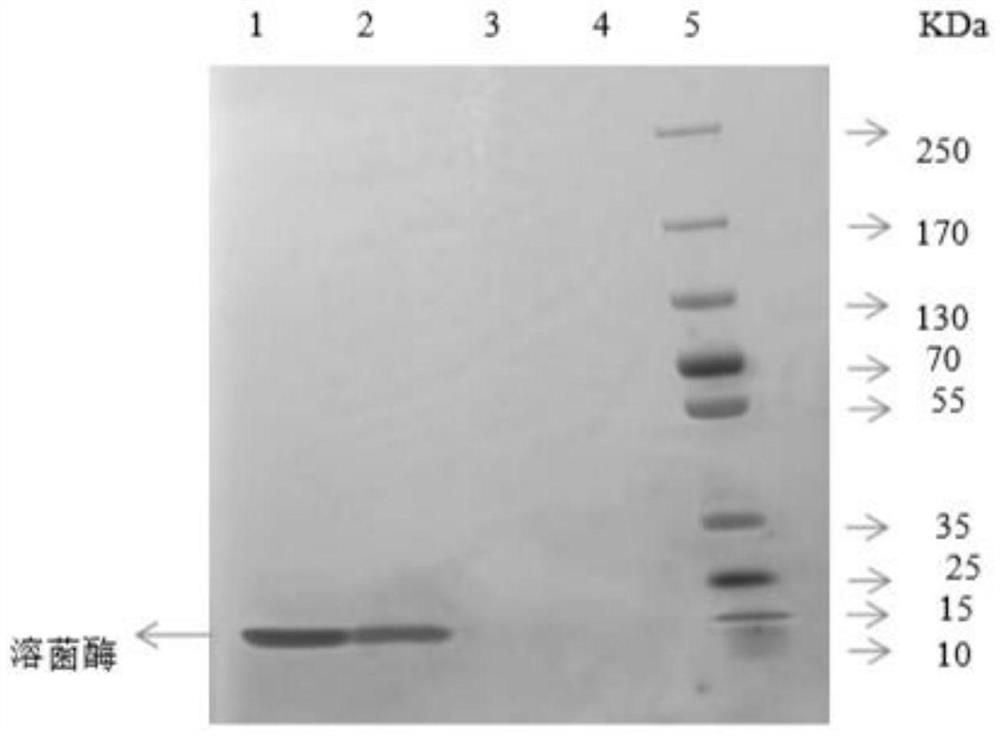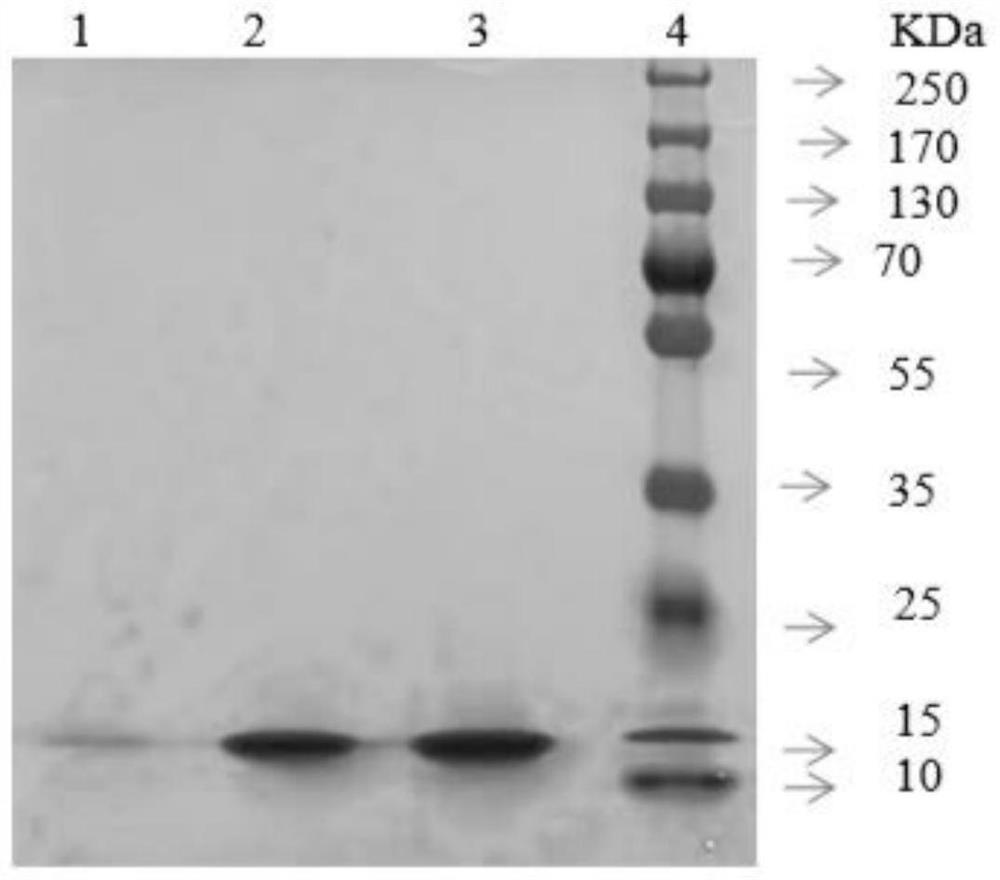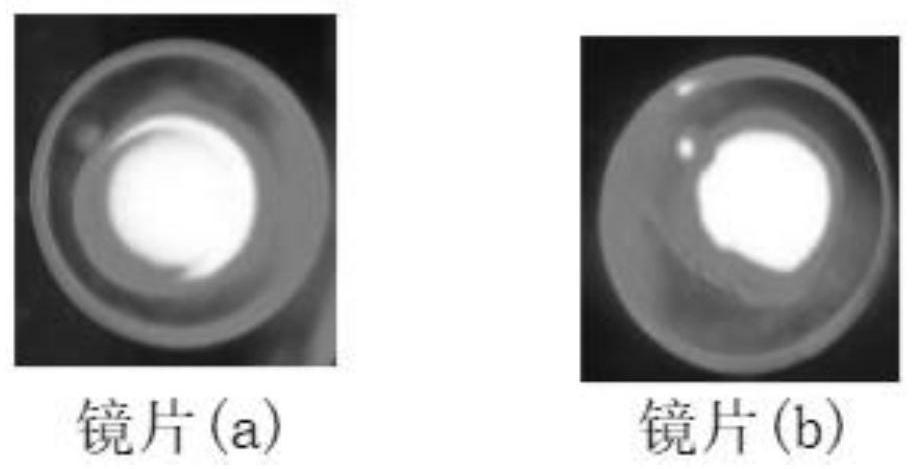Method for effectively detecting protein concentration in available chlorine-containing solution
A chlorine solution and protein technology, applied in the field of biological protein detection, can solve the problems of corneal damage, visual impairment, corneal hypoxia, edema, etc.
- Summary
- Abstract
- Description
- Claims
- Application Information
AI Technical Summary
Problems solved by technology
Method used
Image
Examples
Embodiment
[0039] The method for effectively detecting protein degradation described in the present invention can verify the protein removal effect of lenses cleaned by contact lens cleaning equipment. It is explained here that the contact lens cleaning equipment cleans and removes proteins from lenses through electrophoretic dissociation. To achieve protein degradation, the degradation principle is as follows:
[0040] The method of electrophoresis dissociation and protein removal is mainly the superposition of protein electrophoresis technology and electrolysis technology. First of all, protein electrophoresis (Electrophoresis) refers to the phenomenon that charged particles or molecules move in an electric field. Macromolecular proteins, polypeptides, virus particles, and even cells or small molecules of amino acids and nucleosides can be oriented in an electric field. Swimming, under the action of the contact lens cleaner of the present invention, the lacrimal protein is charged, and...
PUM
| Property | Measurement | Unit |
|---|---|---|
| molecular weight | aaaaa | aaaaa |
Abstract
Description
Claims
Application Information
 Login to View More
Login to View More - R&D
- Intellectual Property
- Life Sciences
- Materials
- Tech Scout
- Unparalleled Data Quality
- Higher Quality Content
- 60% Fewer Hallucinations
Browse by: Latest US Patents, China's latest patents, Technical Efficacy Thesaurus, Application Domain, Technology Topic, Popular Technical Reports.
© 2025 PatSnap. All rights reserved.Legal|Privacy policy|Modern Slavery Act Transparency Statement|Sitemap|About US| Contact US: help@patsnap.com



